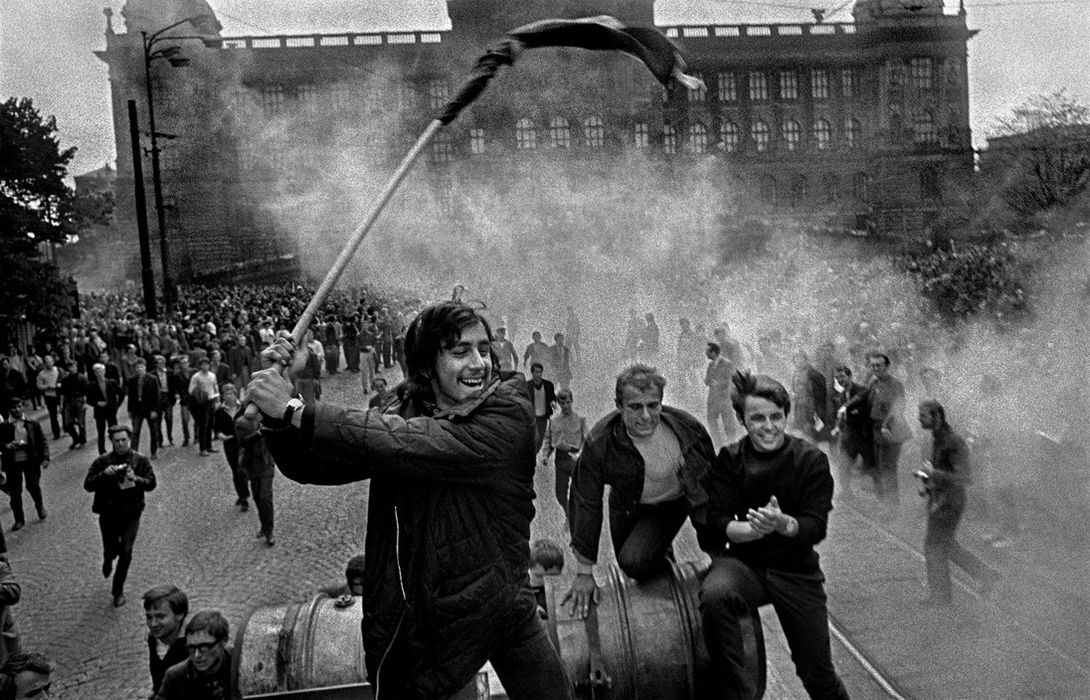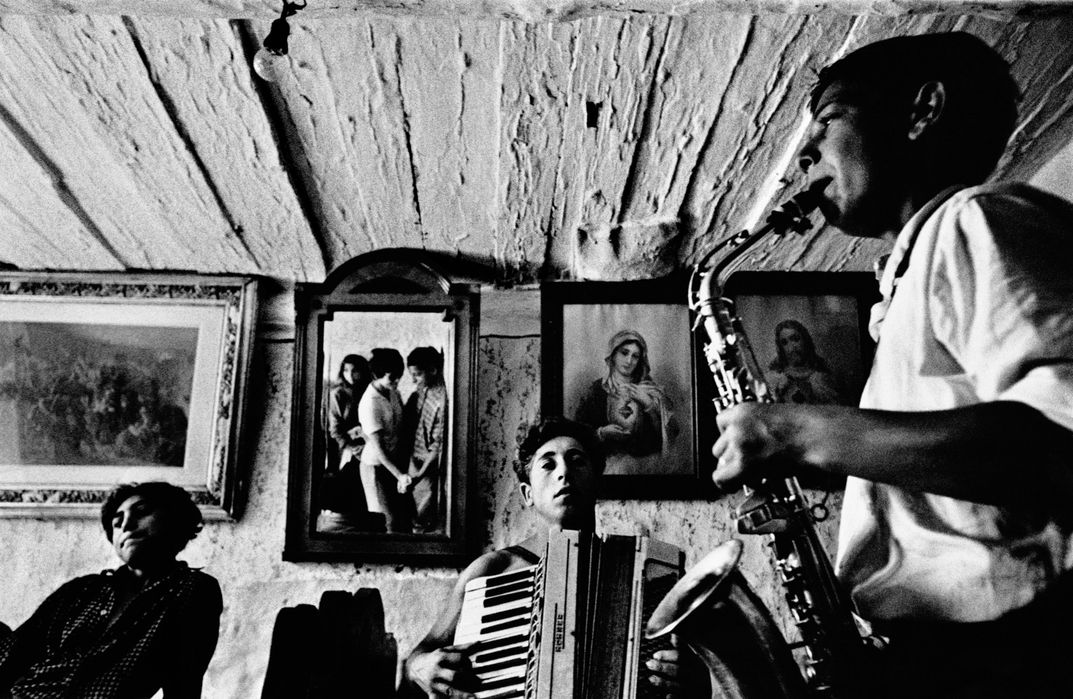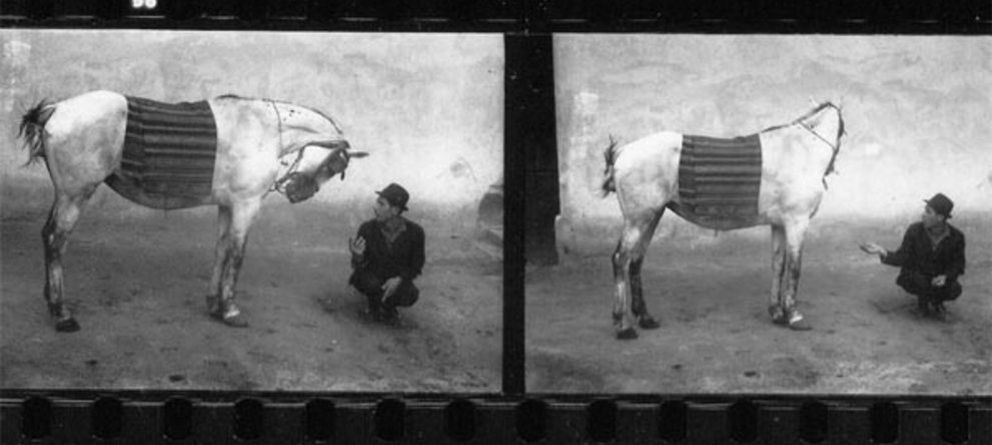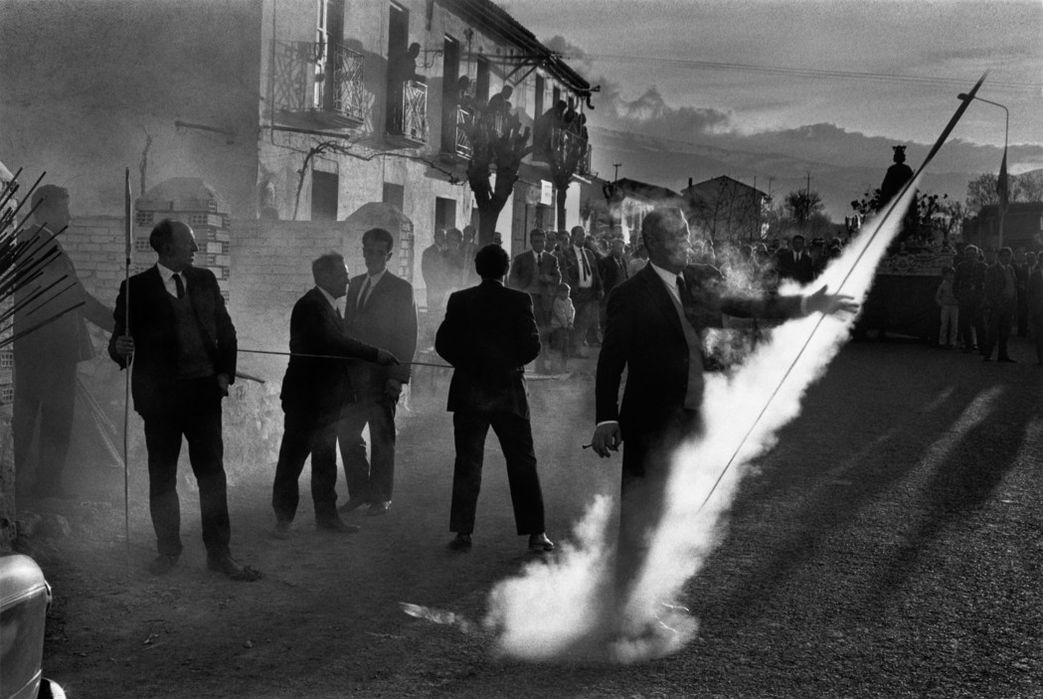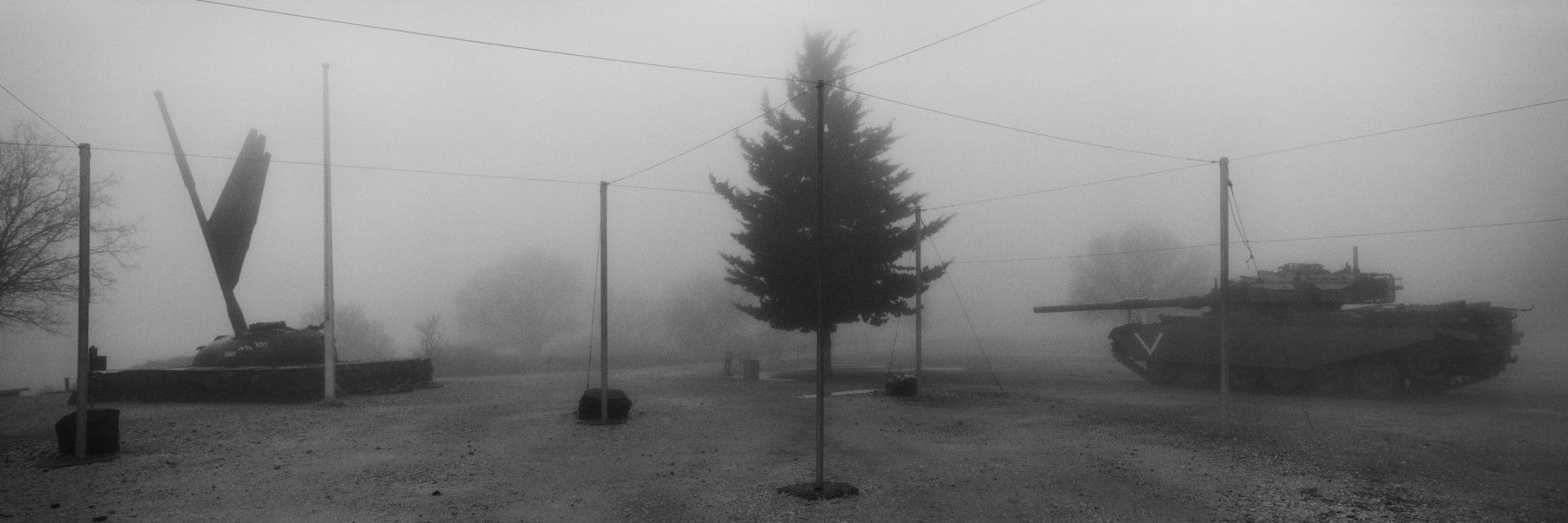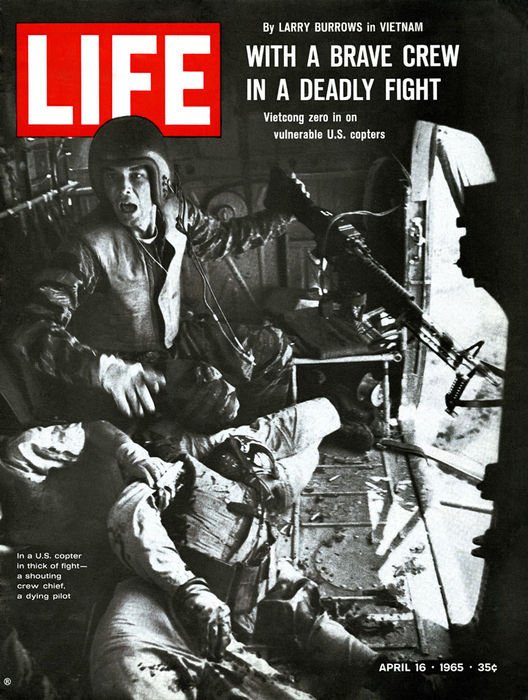What to learn from Masters?
Comparison of photoghic styles of the best. What makes them unique?
Once an anonymous "Prague Photographer" who became a lifetime nomad.
Josef Koudelka
Russion invasion to Prague in 1968
"It was my country. I took these photographs for myself, not magazines. I knew it was important to photograph, so I photographed." ...as history started to unfold.
Photos were smuggled abroad anonymously because he was afraid of repression. Those photos won a Robert Capa Gold Medal award anonymously.
Gypsies: On the Margins of Society
Nomands since 12th century.
Koudelka focused on the strength in feelings on the basis of the struggle for survival rather than the surrounding conditions or reasons that led to it.
Becoming familiar allowed him to focus on bonds over visible features, because subjects didn't consider him a stranger.
Exiles
Shared uprooting with his subjects.
He continued to photograph "for himself" in his 20 years of exile from Czechoslovakia.
Pervasive sense of impermanence, longing and an individual's insignificance.
"I am the product of this continuous traveling."
Disappearing world, panoramatic
Black Triangle – Wasted landscapes of a disappearing world:
Environmental destruction of Czech border region, called Black Triangle.
Landscape as a reflection of man and how man shapes and influences the landscapes he touches.
Finding a heart among darkness.
"One world is disappearing. I am trying to photograph what’s left. I have always been drawn to what is ending, what will soon no longer exist."
Wall:
Brutal physicality, immense scale and divisive nature of structures that cut through the landscape, affecting the lives of those on both sides of the conflict.
"If you photograph people you are losing all the time something; you are running after something which doesn’t exist anymore. If you photograph the landscape, you are waiting"
Chaos:
He continued to document human-altered landscapes and conflits with his panoramatic 6×17 Fuji camera.
Started photographing in his 30'.
Continuously analyzed own photos to improve.
Invited to Magnum by Elliott Erwitt
Capturing the human condition and the state of our planet with dignity and urgency.
"I’m not an artist. An artist makes an object. Me, it’s not an object, I work in history, I’m a storyteller."
The group of pictures tells the story better.
Black and white to distract less and quiet down even landscapes of a vivid Amazon forest.
Oddly flat yet contrasty vibe.
Sebastião Salgado
Social reportage – Workers
Art as a way to bring attention to social issues.
"I don’t want anyone to appreciate the light or the palette of tones. I want my pictures to inform, to provoke discussion – and to raise money."
Soft contrast with limited tones and muddy scenes make complex scenes blend into one organism.
He spent 4 weeks on his first photo essay, a gold mine, traveling at his own expenses.
Later, he went on to document the monumental efforts of workers to extinguish the oil well fires set by Saddam Hussein's forces, on NYT Magazine assignment.
Genesis
A "love letter to the planet" that raises awareness about its fragility.
A monumental photographic homage to the planet's unspoiled realms that retained a sense of their original (genesis) state.
Flat toning while keeping contrast to emphasize drama of the nature.
Closed aperture to keep everything in focus.
A narrative element that speaks to condition, resilience and relationship with the larger forces shaping people's lives.
Amazônia
An immersive and deeply personal seven-year visual exploration documenting its biodiversity, the daily lives and cultural richness of its indigenous peoples.
Living in a sustainable way.
The unspoken stories held within the subject's gaze
“I tell a little bit of my life to them, and they tell a little of theirs to me. The picture itself is just the tip of the iceberg."
Personal contribution to reversing desolation
His Instituto Terra has planted more than 3 million trees covering 300 species in an area over 700 hectares, and watched the wildlife flood into what was once his parents’ cattle farm that had become an ecological “desert”.
The institute is also helping the recovery of close to 2000 springs in the Atlantic Forest.
Born on a farm in Brazil, moved with family to a small town, then, in 15, to a bigger town, and after college to São Paolo and then left to France for political reasons.
"I am a migrant, too...."
Favorite film: Kodak Tri-x
William Eugene Smith
Humanistic and social essays capturing the action of life.
Caravaggio of photography.
Shade unimportant – light dodge and burn – crop to essence. Off-camera flash.
Industrial & Urban
3 years instead of 3 weeks on urban Pittsbourgh renewal project
Caravaggio of photography
Photo essays:
-
Spanish Village
-
Death flows from a pipe: exposed Minimata disease from mercury pollution.
Jazz Loft Project
Shared a flat with jazz musicians. Focussing passion.
The front lines in the Pacific Theater of World War II
The pain, the fear and the angts.
"You can't raise a nation to kill without injury to the mind. It is the reason I am covering the war for I want my pictures to carry some message against the greed the stupidity and the intolerances that caused these wars."
“My station in life is to capture the action of life, the life of the world, its humor, its tragedies, in other words, life as it is. A true picture, unposed and real... If I am shooting a beggar, I want the distress in his eyes, if a steel factory I want the symbol of strength and power that is there... I want my pictures to be symbolic of something. I realize that this is a pitiful effort to explain my philosophy of photography, but it is out of this haze that the fulfilling of my ambition will be. Long years are ahead, probably years of hardship, but what care I if I can succeed.”
Larry Burrows
Art beyond documentary
He planned his photos. Sometimes spent days thinking about a single image. He fixed a camera outside of a helicopter in advance. He even commanded fighter jets to fly a certain formation just to create a great composition.
He was granted special access "not because he's a photographer, but an artist".
Raw intensity and technical brilliance.
Color gives photographs a sense of immediacy.
Lifelong LIFE magazine photographer.
He was killed when a helicopter in which they were flying was shot down over Laos.
Empathy for humanity under given conditions.
Gordon Parks
Raw crime documentary
LIFE magazine assignment to explore crime in America.
Cinematic quality (Parks also directed movies).
Distancing to enhance safety.
Empathy for humanity under the given conditions.
Contrast to lifestyle pictures of the era.
How is it to be black
Challenging racial stereotypes and exposing the injustices of segregation.
Parks was refused in all places of his first assignment simply because he was Black. His boss reacted: "Well, why did you bring your camera down here?".And that's how he started documenting experience of racial discrimination.
Emotions on the limits of the capability of pursuing a dream



















